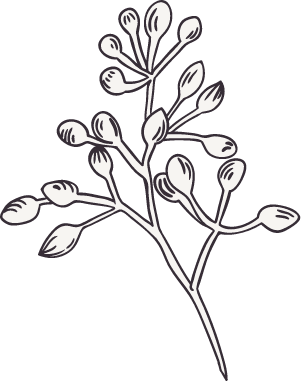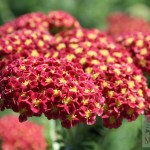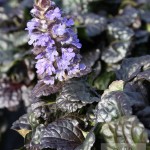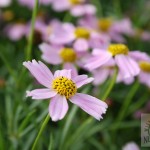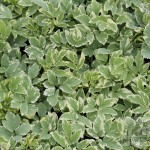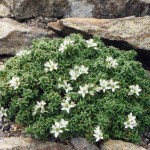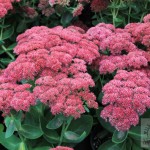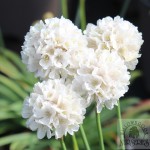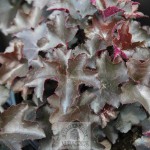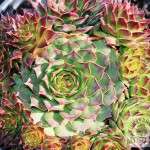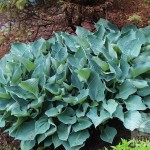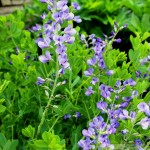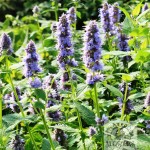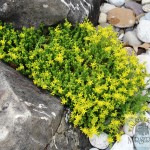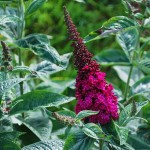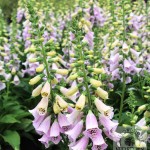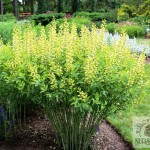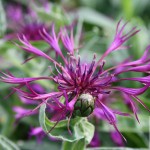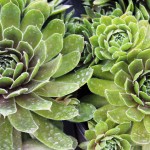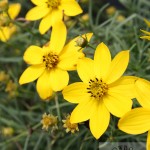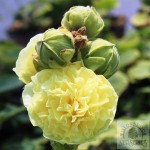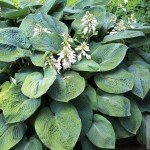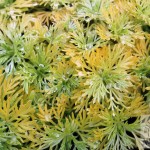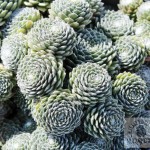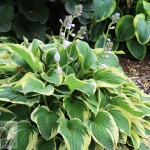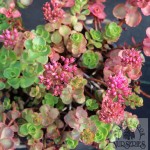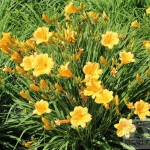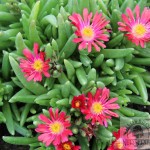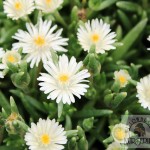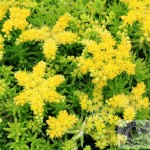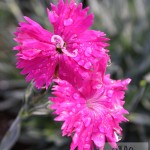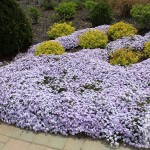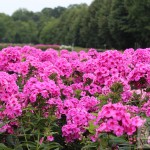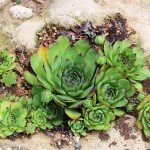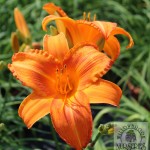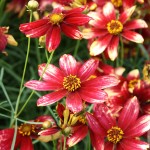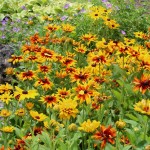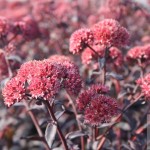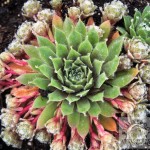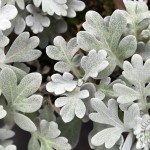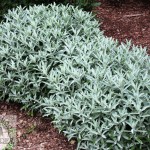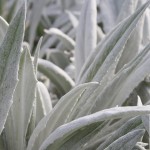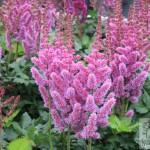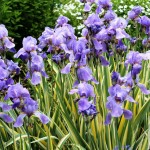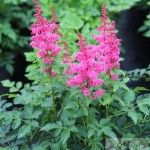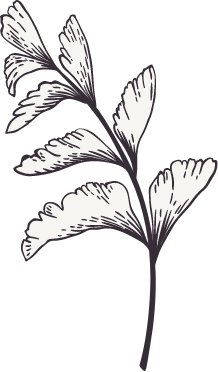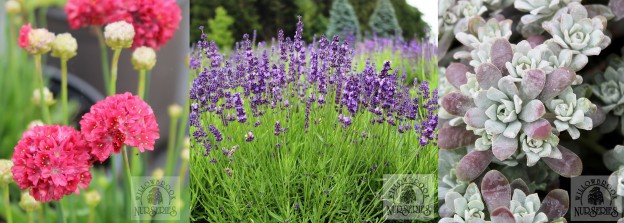
It's important for you to know that all plants require water, light, and nutrients to grow. There are however some plants that need little water or can survive long periods of time, once they are established, without watering . These are “drought tolerant” plants. They reduce the demand for potable water in landscapes, require less maintenance, bring ecological diversity and seasonal interest to the landscape. Here in Niagara we have become aware of the dangerously low water levels of our surrounding lakes and rivers. We must all try conserving water. A few simple practices can help the home gardener maintain a beautiful garden while saving precious water, time and effort.
- First, install a rain barrel, it is a good way to save rain water to use for your gardening needs.
- Second, apply mulch in your flower beds, it preserves the moisture and keeps the weeds away. Some examples are shredded bark, wood chips, cocoa beans, cut grass or even ground covers such as vinca, perennial geraniums, ajuga, thyme or sweet woodruff can act as living mulches in the garden.
- Third, plant suitable plants for your site. Choose drought-tolerant plants whenever possible, particularly if watering will be difficult.

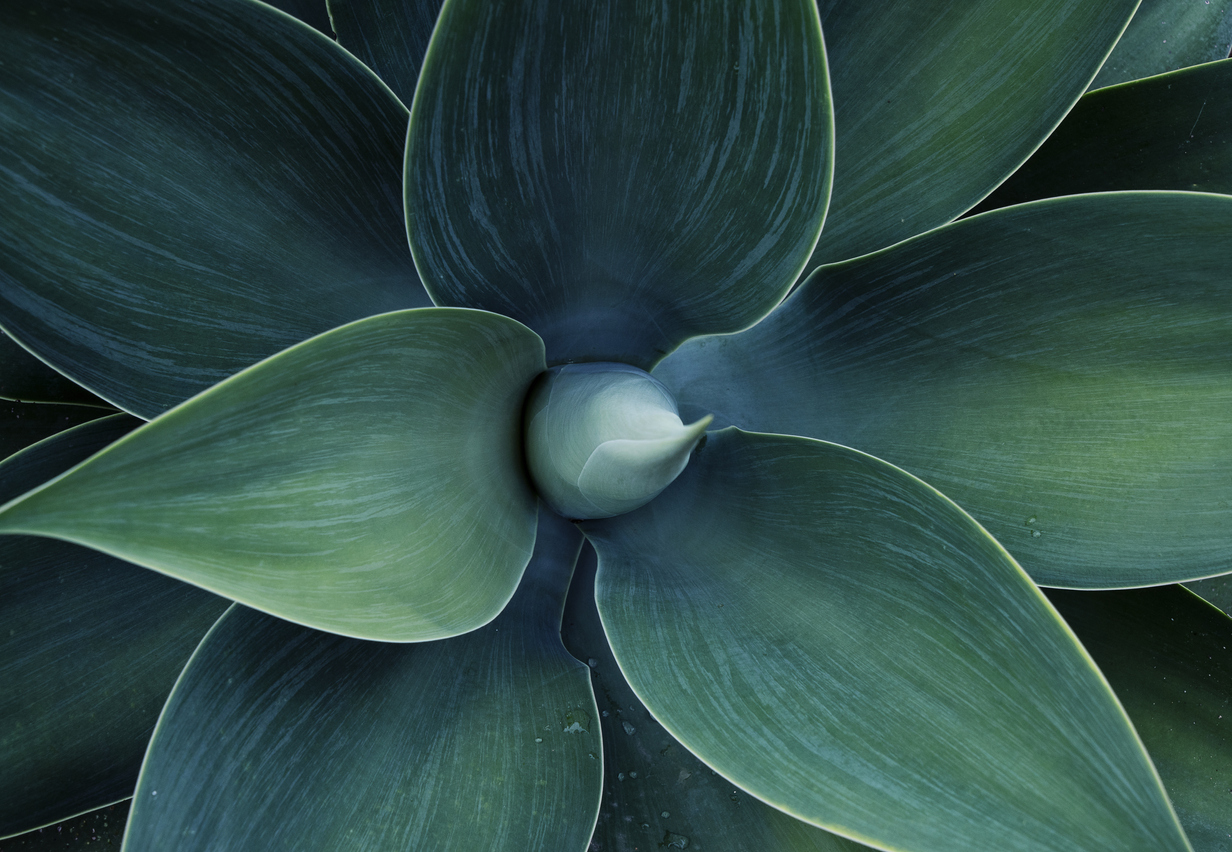
Characteristics of Drought Tolerant Plants
Unique leaf structure:
Fine lacy foliage - reduced leaf surface means less water loss
Thick, succulent, waxy leaves - thick leaves store more moisture
Hairy, fuzzy leaves - fine hairs keep moisture at the leaf surface
Where To Plant Drought Tolerant Plants
They perform best in hot, dry climates in full sun and well-drained soil.
Once planted, they require deep and thorough watering on a consistent basis to establish the plant's root system. Drought tolerant and native plants can only be drought tolerant after the plant's root systems have established.
Fertilize drought tolerant plants if they begin to show signs of decline or discoloration.
Most drought-tolerant perennials will perform exceptionally for years without being divided. Exceptions include the most vigorous or prolific perennials such as daylilies, hostas, and tall bearded irises.
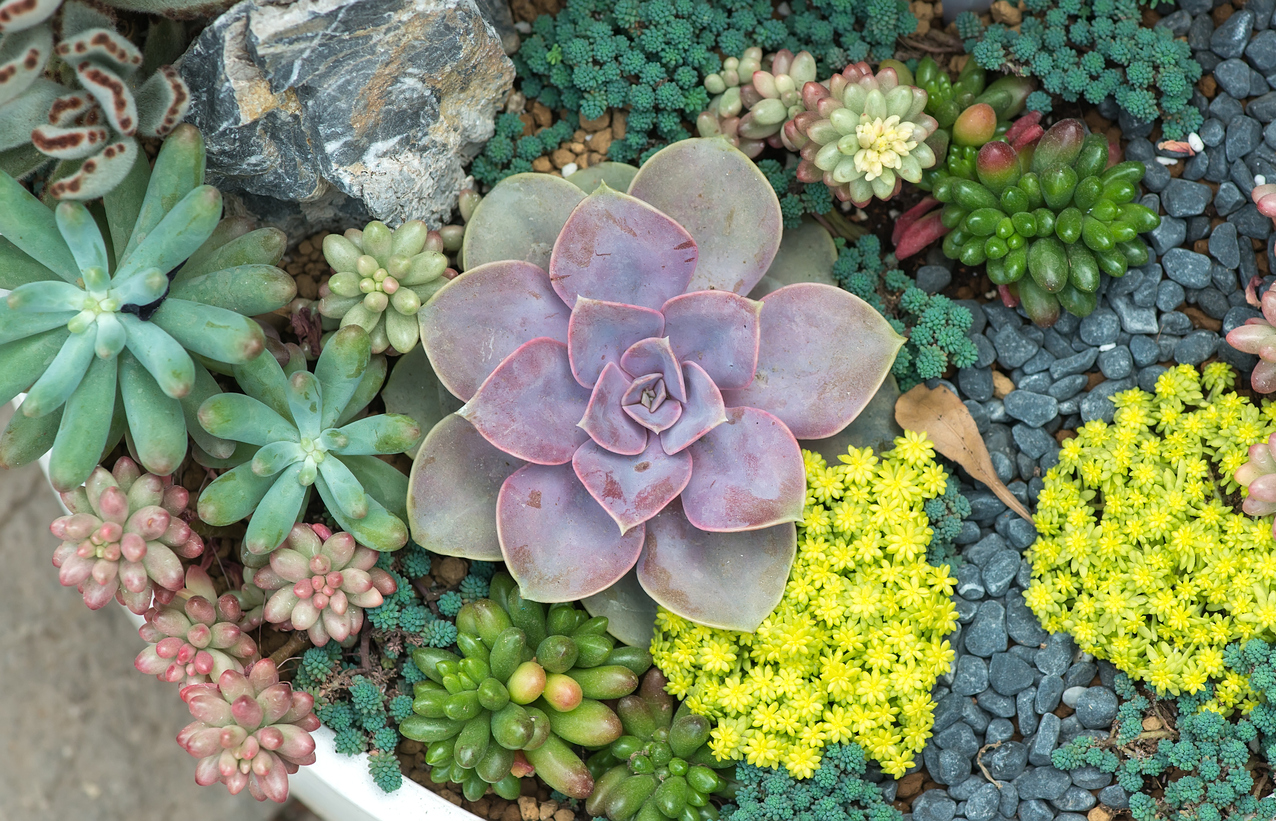
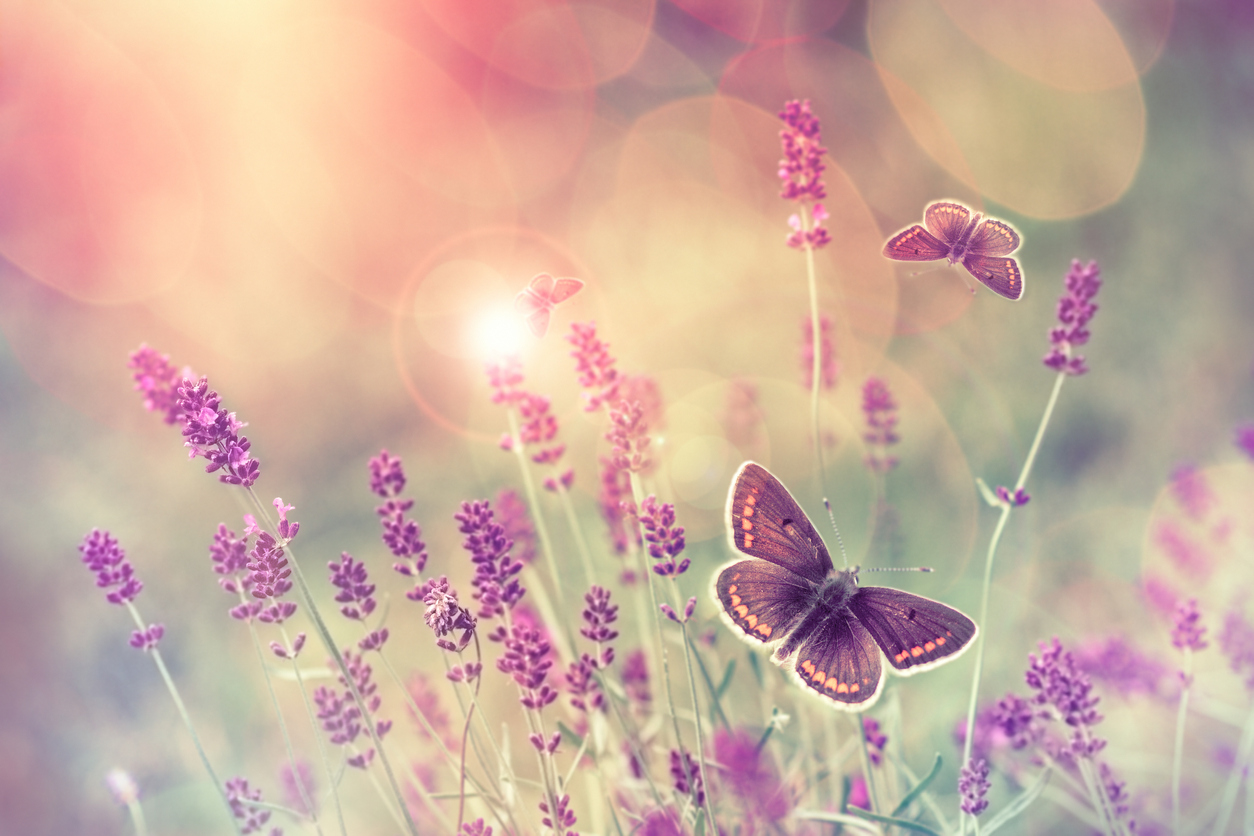
Landscape Opportunities For Drought Tolerant Plants
Rock Garden Landscape - rock gardens thrive in both sunny and shady locations. They are inspired by the collection of plants from alpine mountain regions.
Drought tolerant rock garden species include Creeping Juniper, Potentilla fruticosa, Cotoneaster, Spirea varieties, Creeping Thyme, Perennial Alyssum, Ground Phlox, Sedum varieties, Sempervivum.
Butterfly Landscape - these landscapes are low maintenance, colorful, scented and ecologically friendly. For more info about butterfly gardens click here
Commonly Planted Drought Tolerant Species
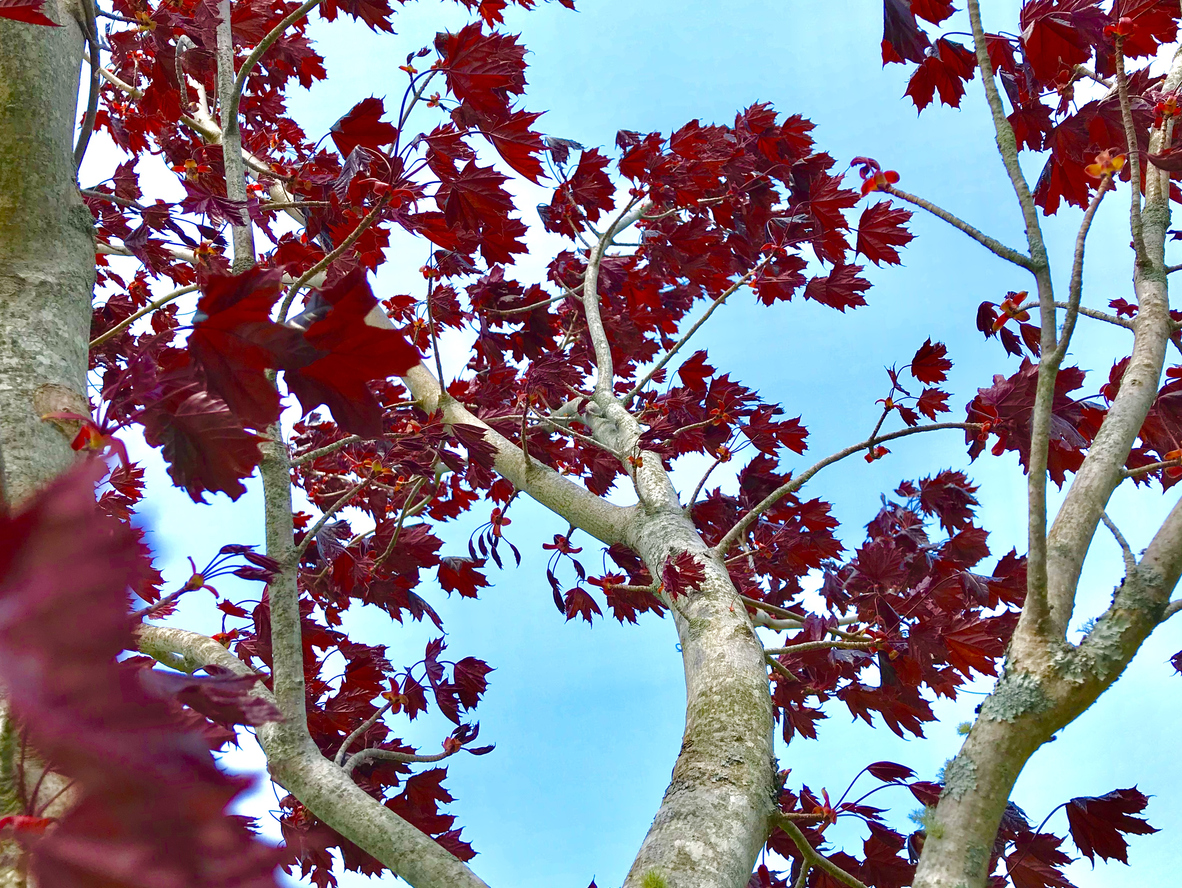
Trees
- Honey Locust - Gleditsia triacanthos
- Black Locust - Robinia pseudoacacia
- Red Oak - Quercus rubra
- Kentucky Coffee Tree - Gymnocladus dioicus
- Black Walnut - Juglans nigra
- Tulip Tree - Liriodendron tulipifera
- Red Maple - Acer rubrum
- Silver maple - Acer saccharicum
- Northern Catalpa - Catalpa speciose
- Mountain Ash - Sorbus americana
- Red Bud - Cercis canadensis
- Ginkgo - Ginkgo biloba
- English Oak - Quercus robur
- Common Horsechestnut - Aesculus hippocastanum
- Greenspire Linden - Tilia cordata
- European Hornbeam - Carpinus betulus
- Pear Chanticleer - Pyrus calleryana 'Chanticleer'
- Amur Cork Tree - Phelodendron amurense
- Norway Maple - Acer platanoides
- Amur Maple - Acer ginala
- Japanese Lilac - Syringa reticulate
Shrubs
- Sumac - Rhus typhina
- Fragrant Sumac - Rhus aromatica
- Bush Honeysuckle - Diervilla lonicera
- Saskatoonberry - Amelanchier alnifolia
- Serviceberry - Amelanchier laevis
- Nannyberry - Viburnum lentago
- Ninebark - Phisocarpus opulifolius
- Red Osier Dogwood - Cornus stolonifera
- Witchhazel - Hamamelis virginiana
- Cinquefoil - Potentilla fruticosa
- Meadowsweet Spirea - Spirea latifolia
- Snowberry - Simphoricarpus albus
- Spirea varieties
- Euonimus varieties
- Common Boxwood
- Barberry varieties
- Forsithya
- Alpine Currant - Ribes alpinum
- Purple leaf Sandcherry - Prunus cistena
- Japanese Rose - Rosa rugose
- Common Lilac - Syringa vulgaris
- Mock Orange - Philadelphus lewisii
- Honeysuckle varieties
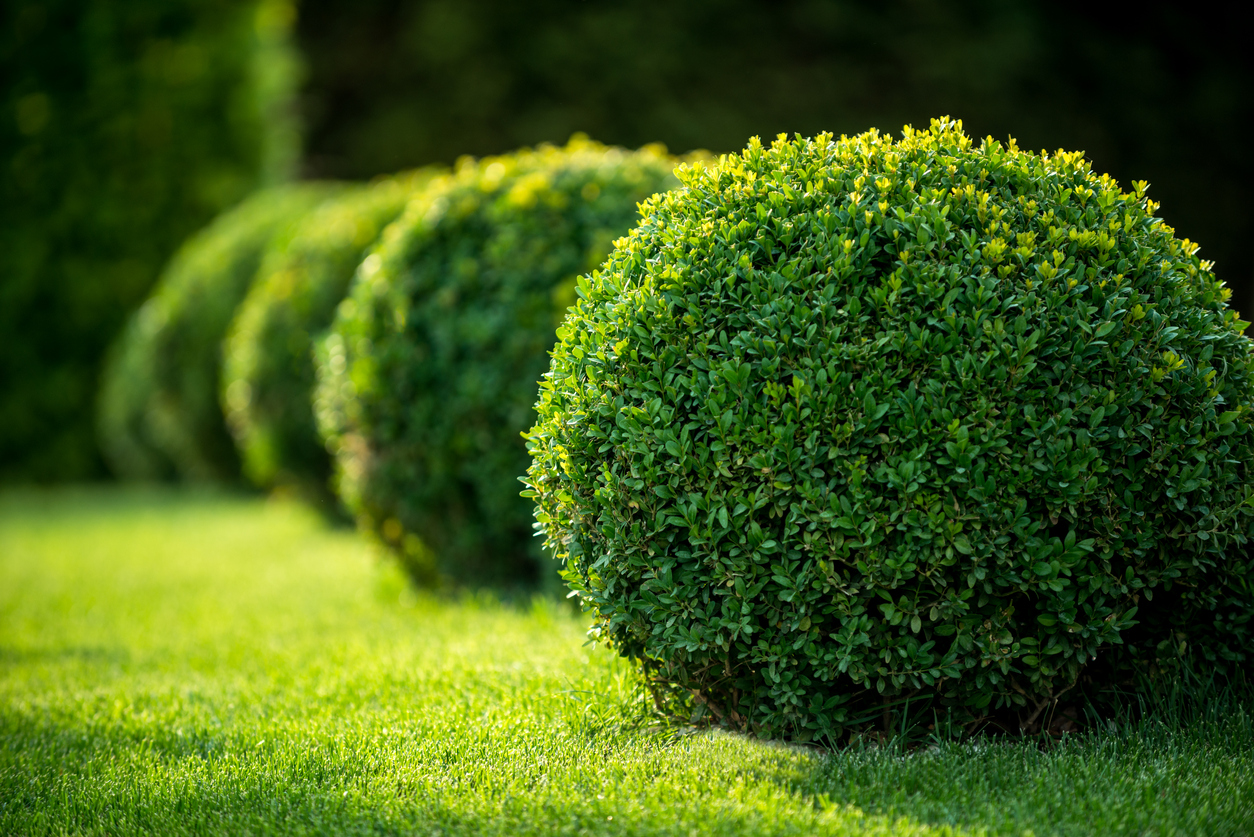
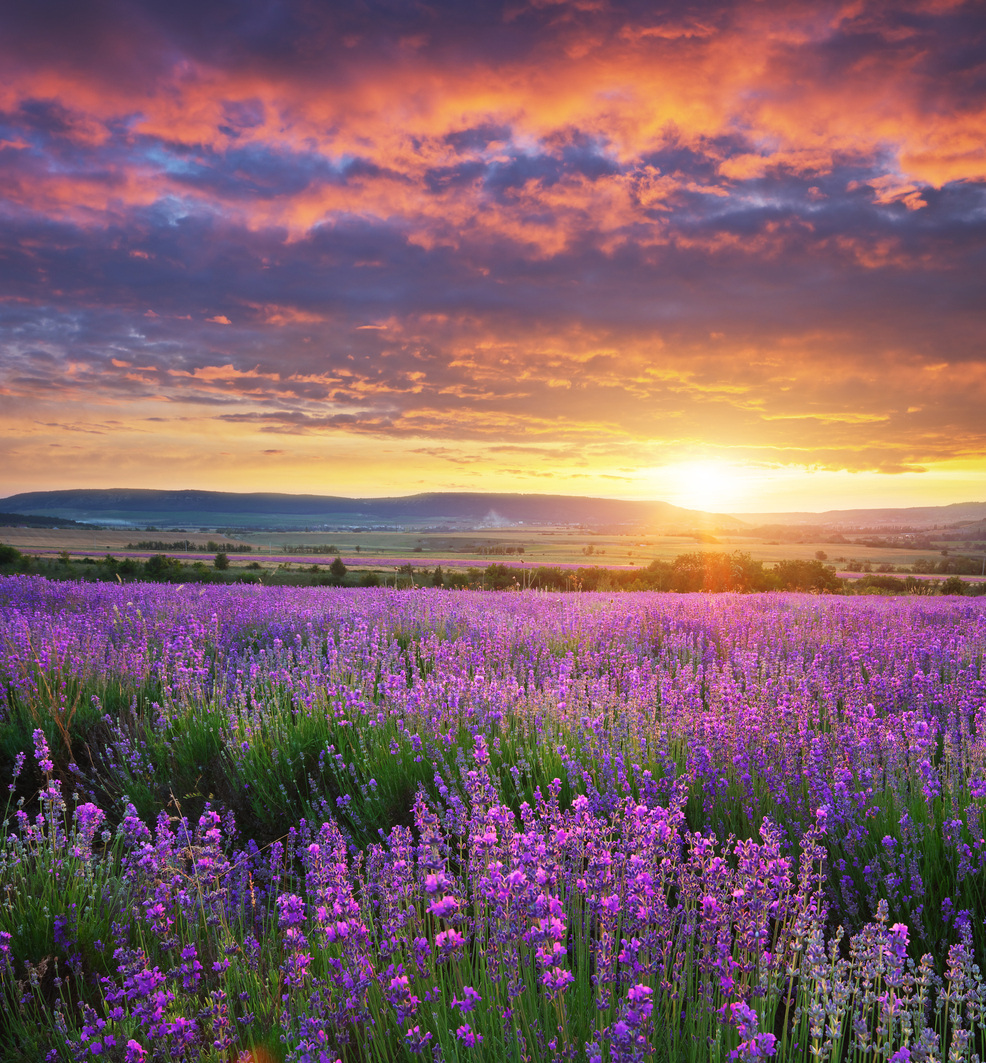
Perennials
- Bee Balm - Monarda fistulosa
- Ox Eye Sunflower - Heliopsis helianthoides
- Aster sp.
- Black Eyed Susans - Rudbeckia hirta
- Coreopsis sp.
- Blazing Star - Liatris spicata
- Joe - Pye Weed - Eupatorium maculatum
- Butterfly Weed - Asclepias tuberosa
- Wild columbine - Aquilegia canadensis
- Blanket Flower - Gaillardia aristata
- Penstemon digitalis - Penstemon
- Lavander Hyssop - Agastache foeniculum
- False Indigo - Baptistia australis
- Purple Coneflower - Echinacea purpurea
- Butterfly Bush - Buddleia davidii
- Autumn Joy Sedum - Sedum spectabile
- Daylillies - Hemerocallis sp.
- Common Daisy - Chrysanthemum leucanthum
- Shasta Daisy - Leucanthemum superbum
- Common Yarrow - Achillea millifolium
- Common Sage - Perovskia atriplicifolia
- Speedwell - Veronica longifolia
- Perennial Cornflower - Centaurea montana
- Dianthus sp.
- Lavender - Lavandula officinalis I
- ndian Grass - Sorghastrum nutans
- Switch Grass - Panicum virgatum
- Big Bluestem - Andropogon gerardii
- Feather Reed Grass - Calamagrostis acutiflora
- Fountain Grass - Pennisetum setaceum
- Zebra Grass - Miscanthus sinensis
- Blue Fescue - Festuca glauca
Evergreen Trees
- White Pine - Pinus strobus
- White Spruce - Picea glauca
- Colorado Blue Spruce - Picea pungens
- Eastern White Cedar - Thuja occidentalis
- Austrian Pine - Pinus nigra
- Scots Pine - Pinus sylvestris
- Norway Spruce - Picea abies
- Serbian Spruce - Picea omorika
- Siberian Larch- Larix sibirica
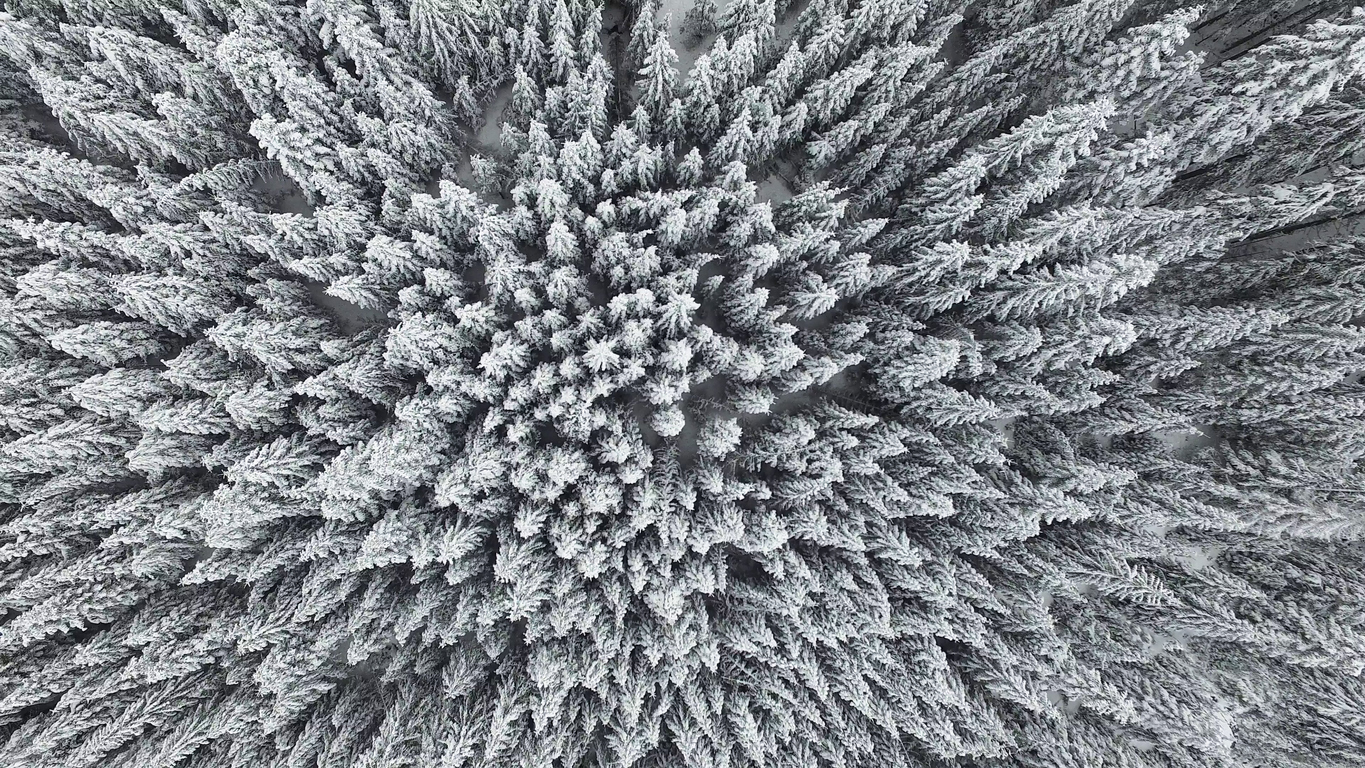
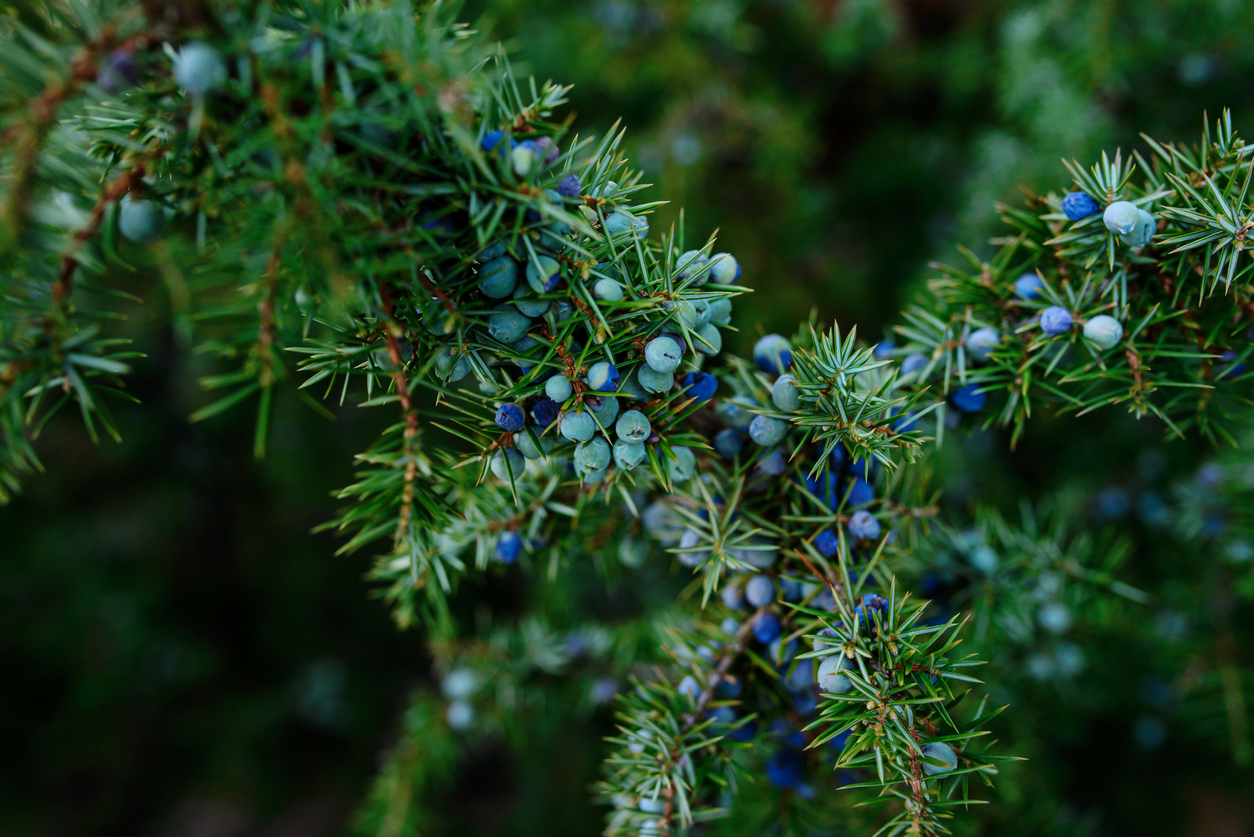
Evergreen Shrubs
- Common juniper - Juniperus communis
- Creeping Juniper - Juniperus horizontalis
- Mugo Pine - Pinus mugo
- Juniperus sabina - Savin Juniper

